ARPA-E awarding $36M to 22 projects in RANGE program for transformative EV storage
Green Car Congress
AUGUST 22, 2013
ARPA-E’s new program, Robust Affordable Next Generation Energy Storage Systems (RANGE) ( earlier post ), aims to accelerate widespread EV adoption by dramatically improving driving range and reliability, and by providing low-cost, low-carbon alternatives to today’s vehicles. Advanced Aqueous Lithium-Ion Batteries.








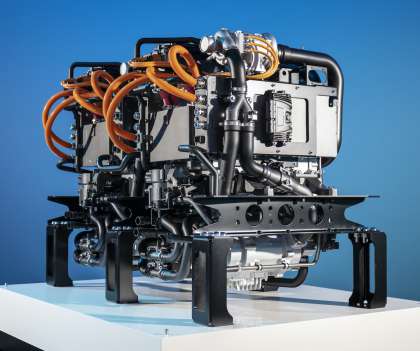


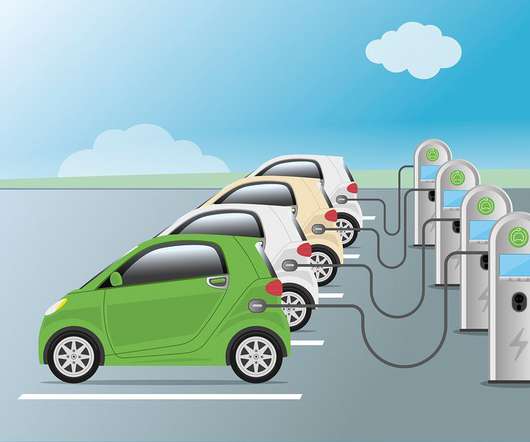
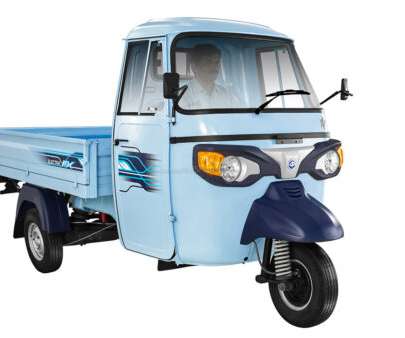


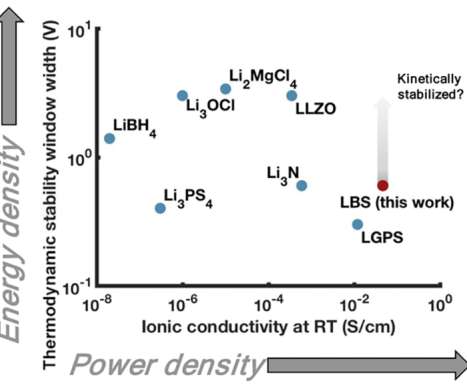
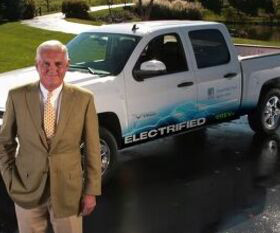
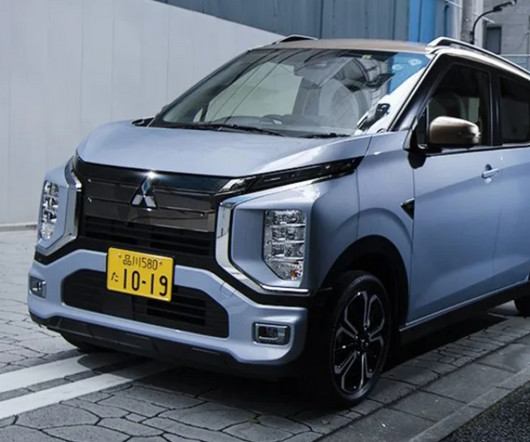












Let's personalize your content